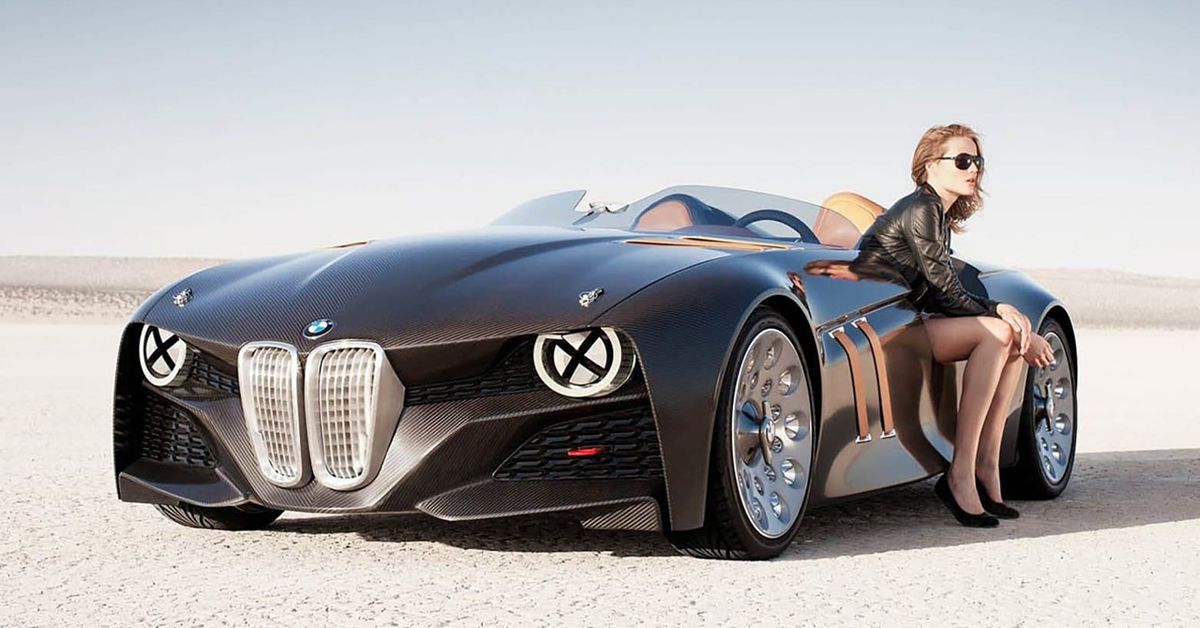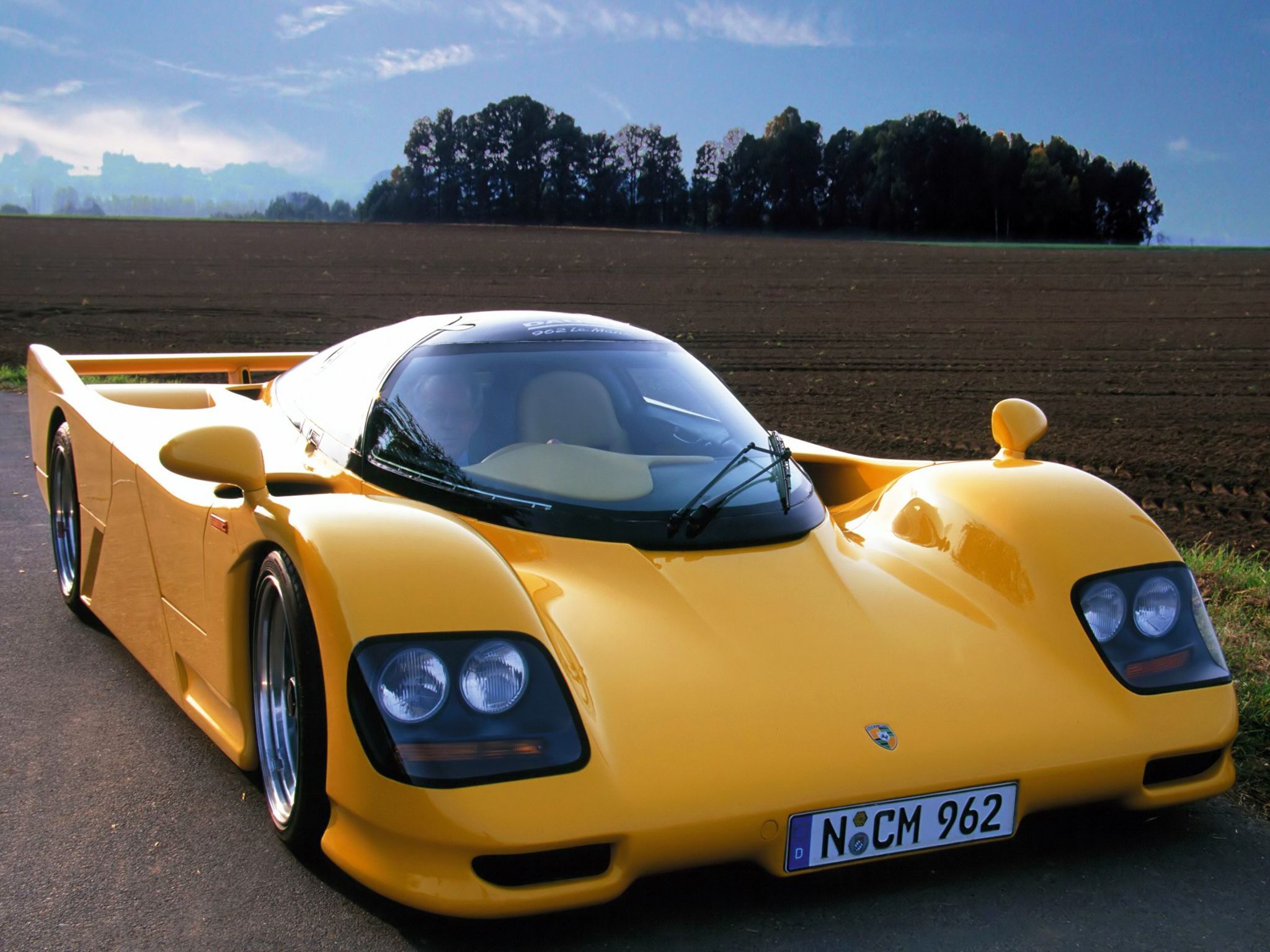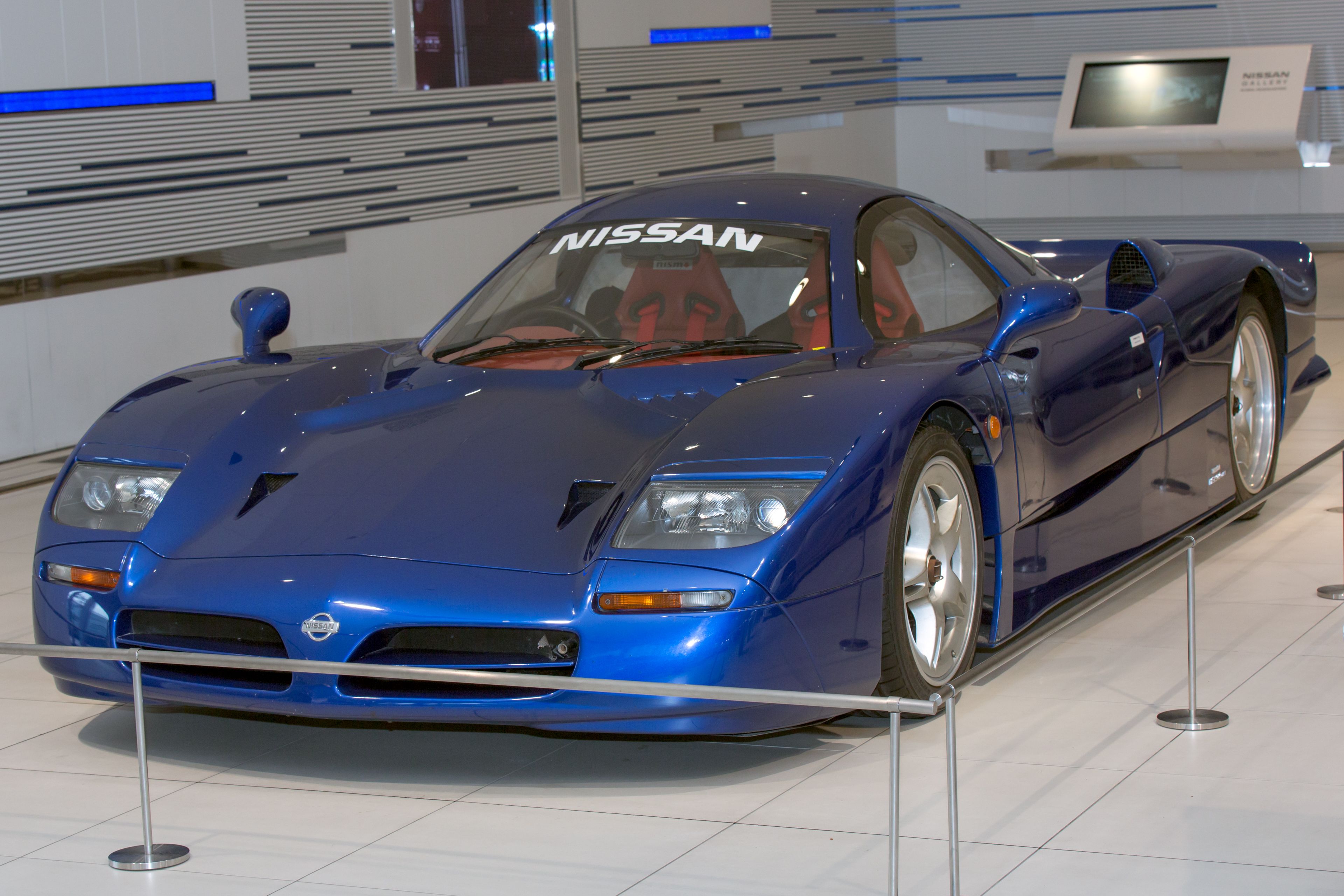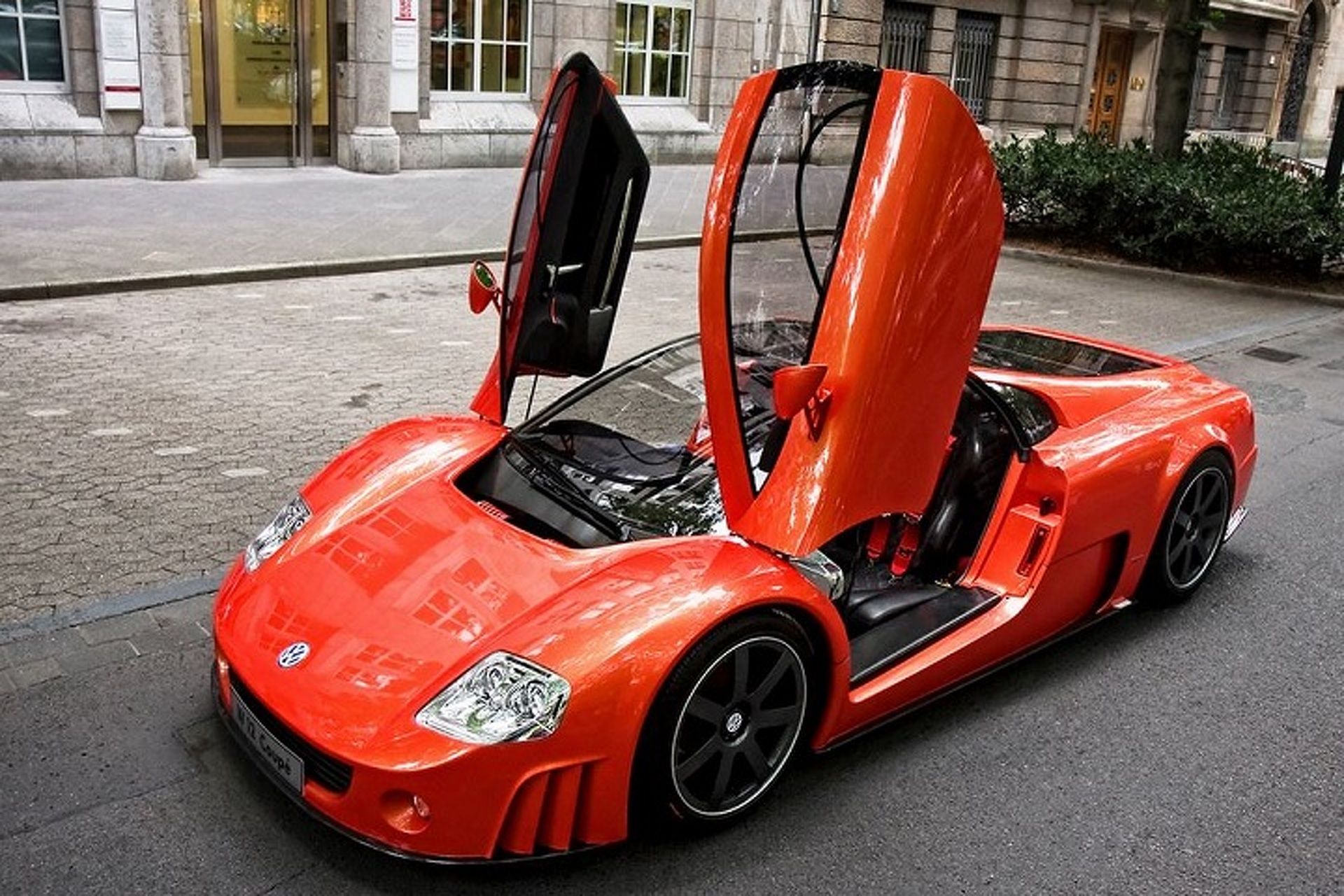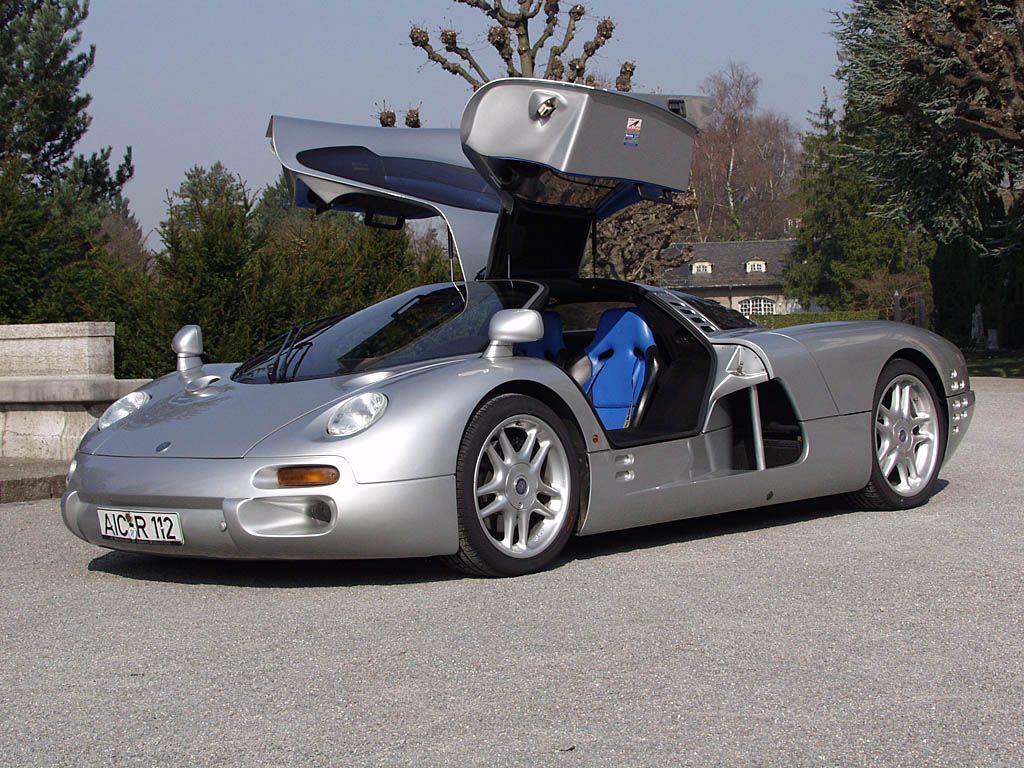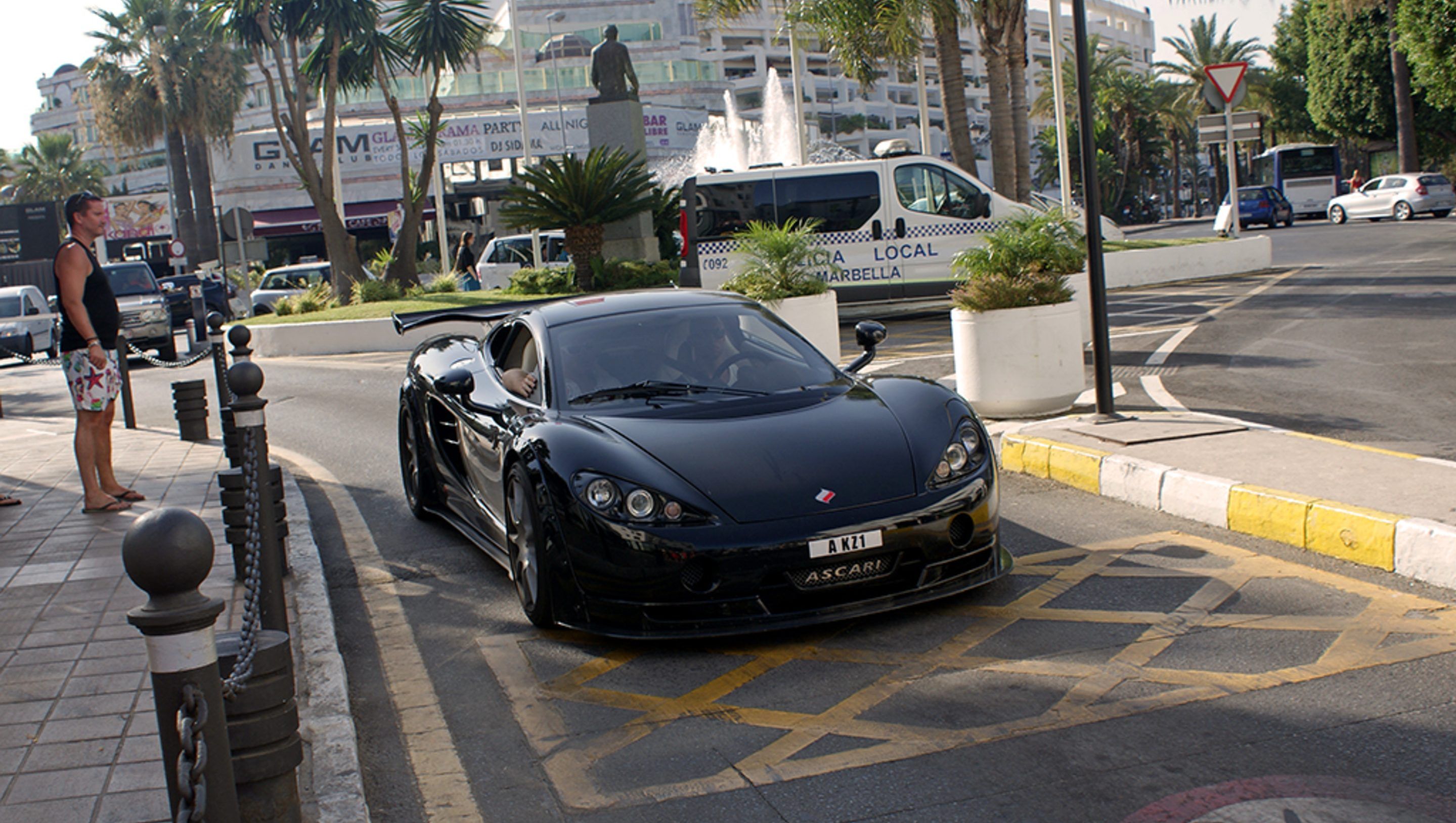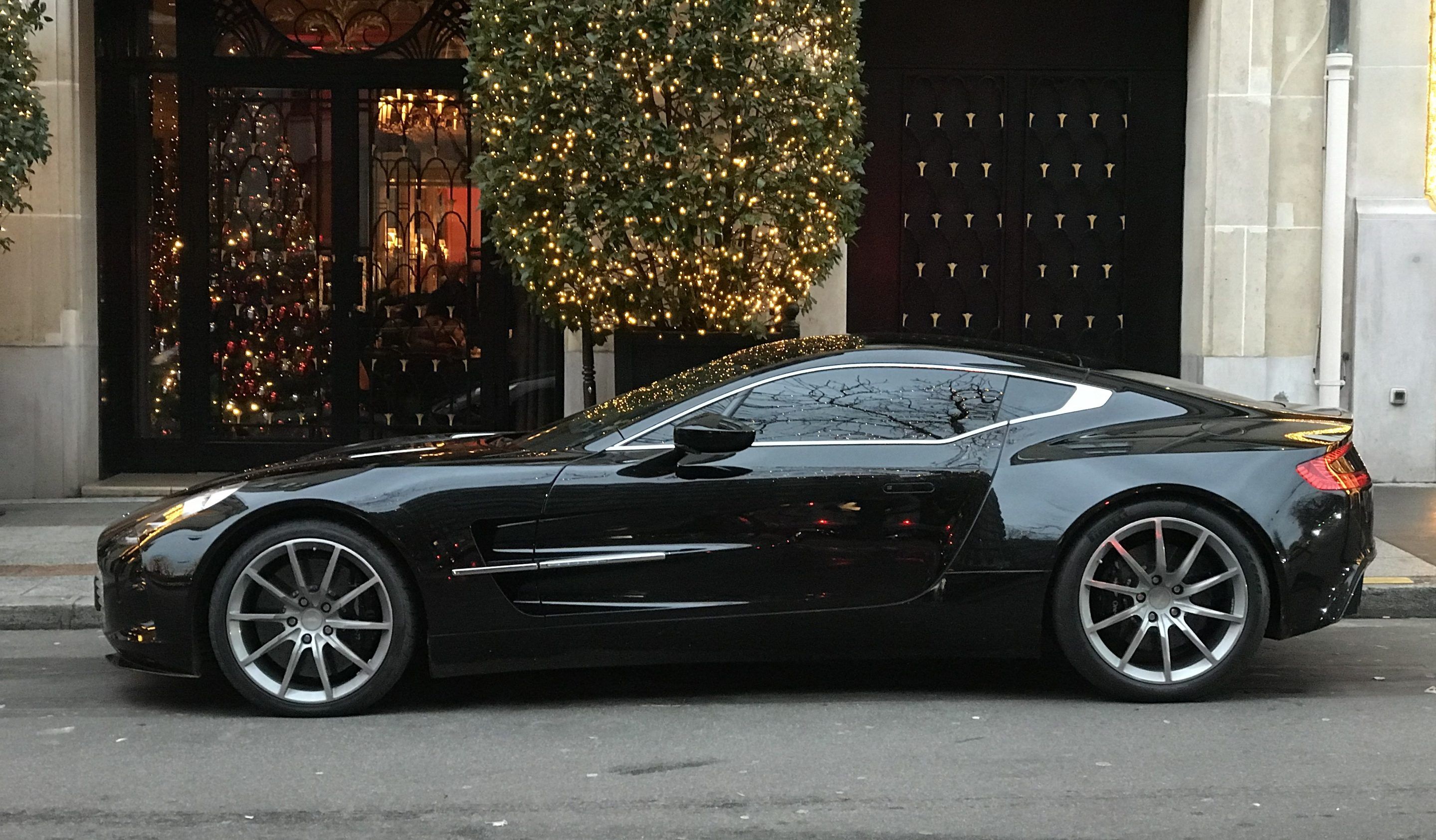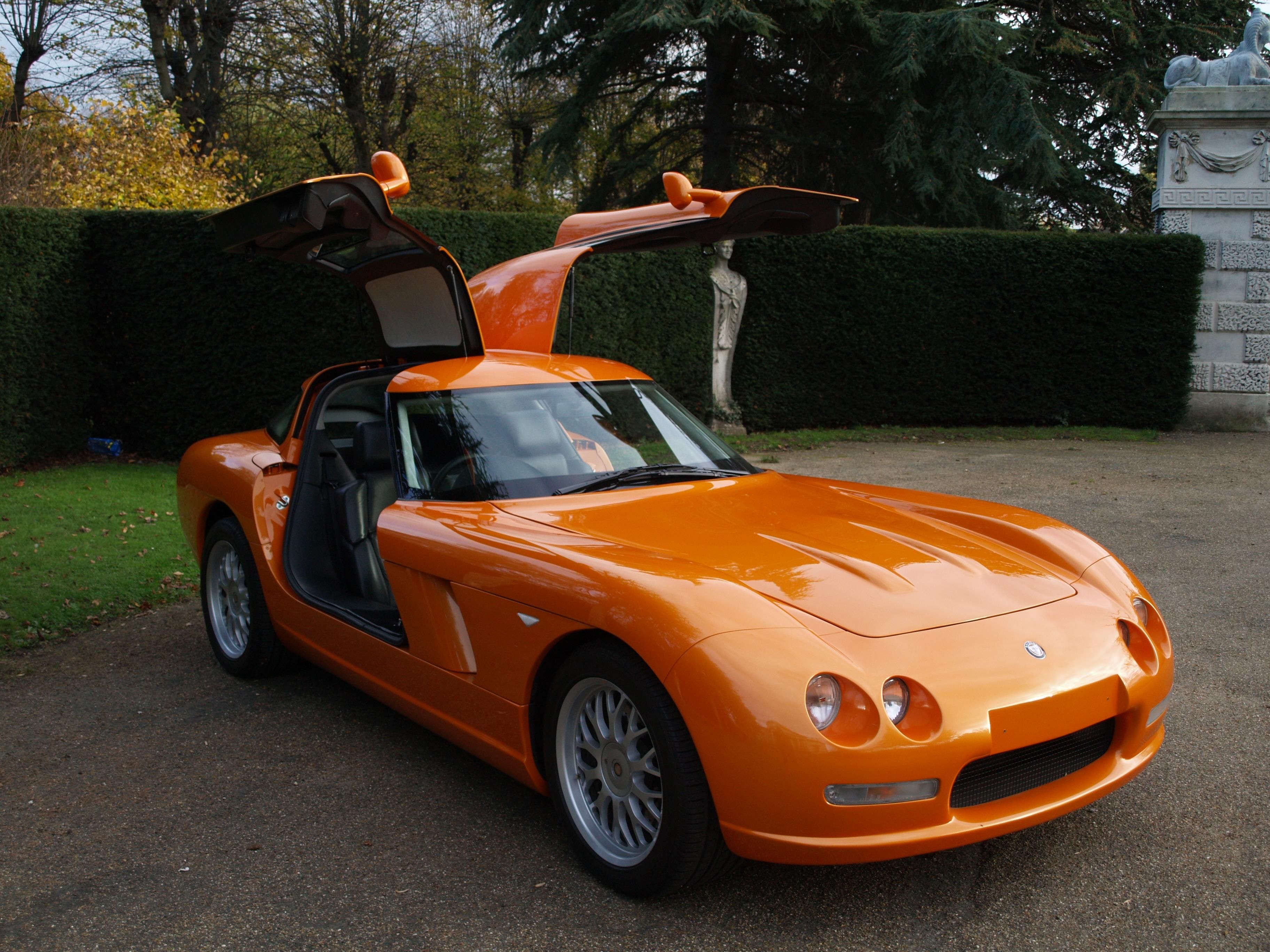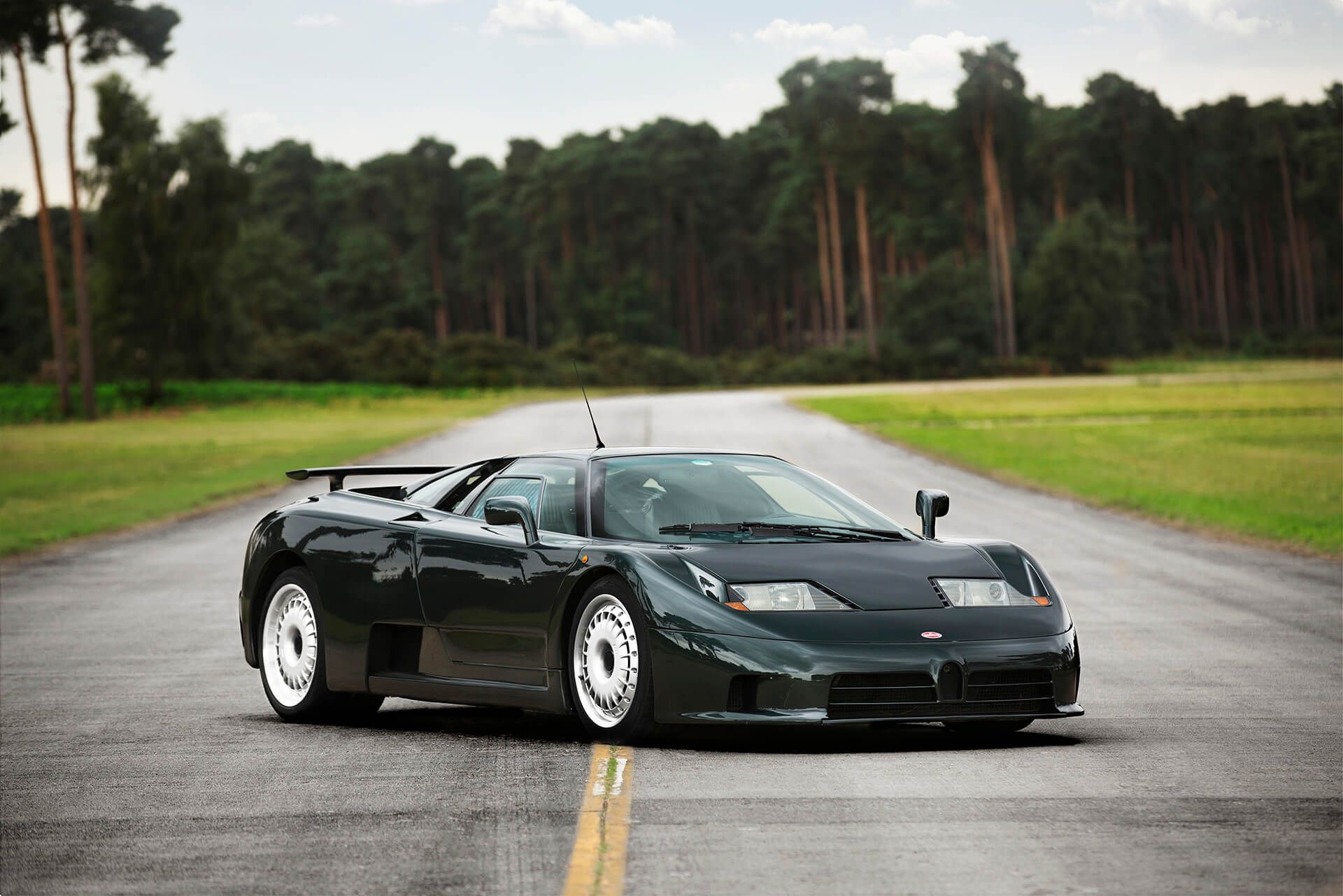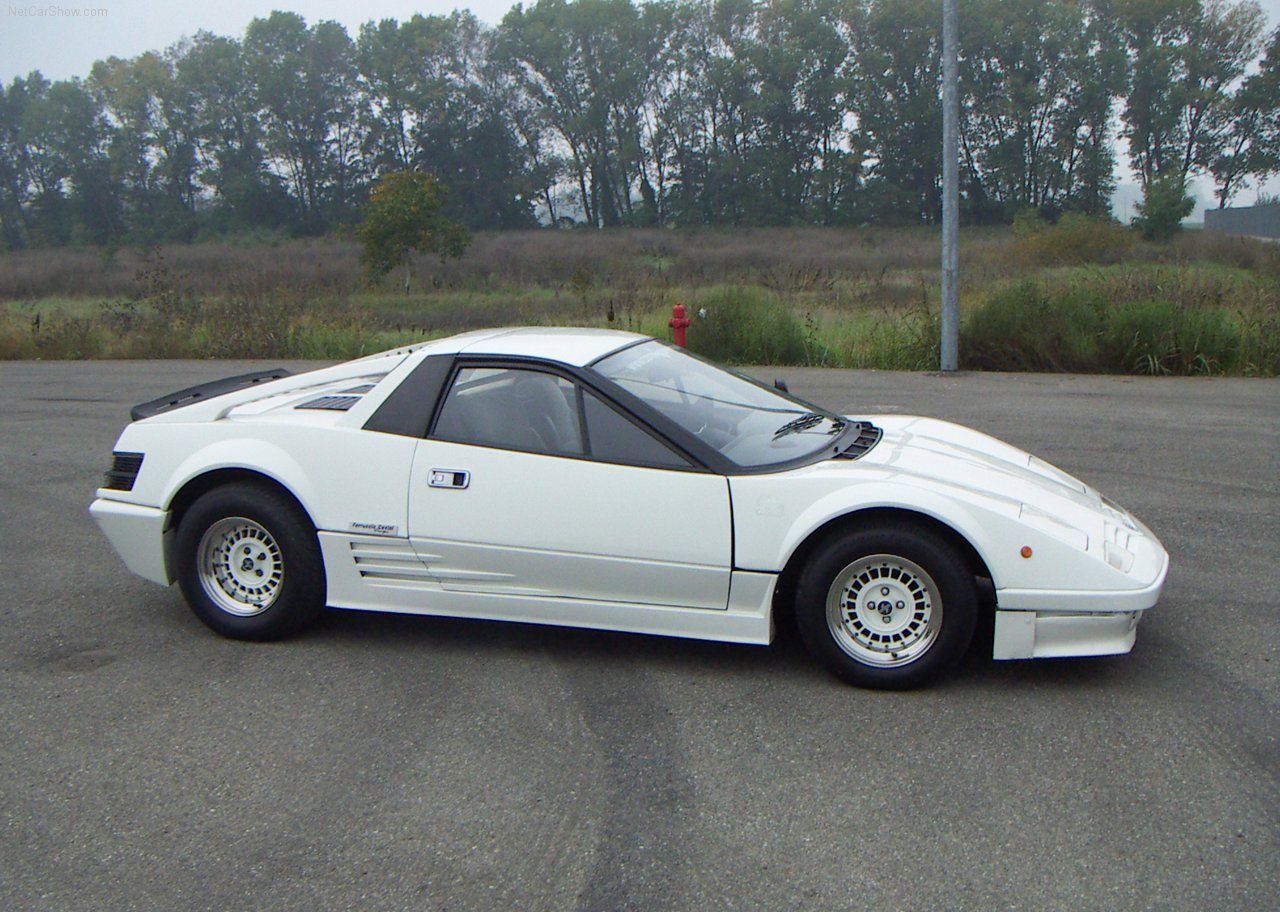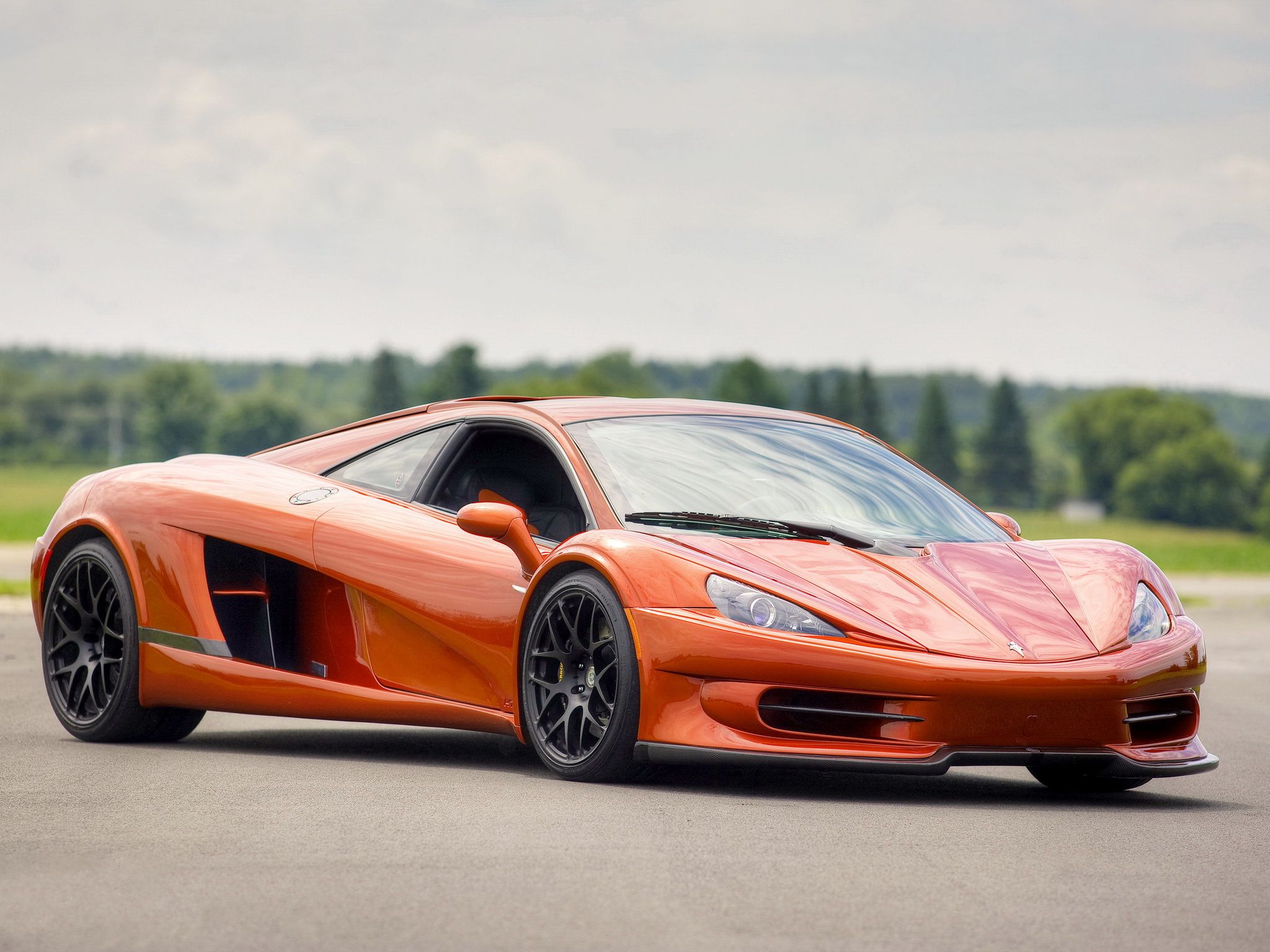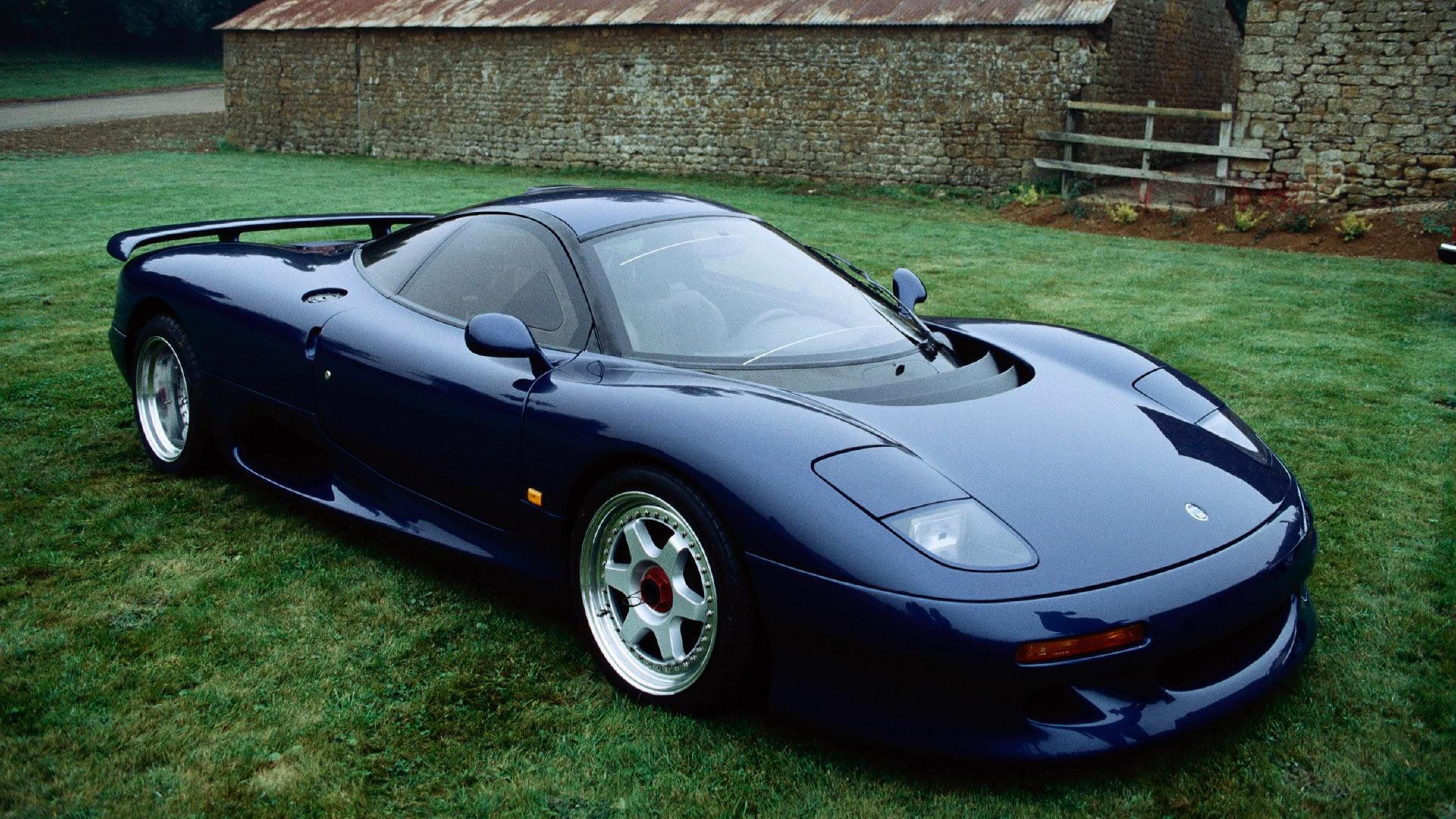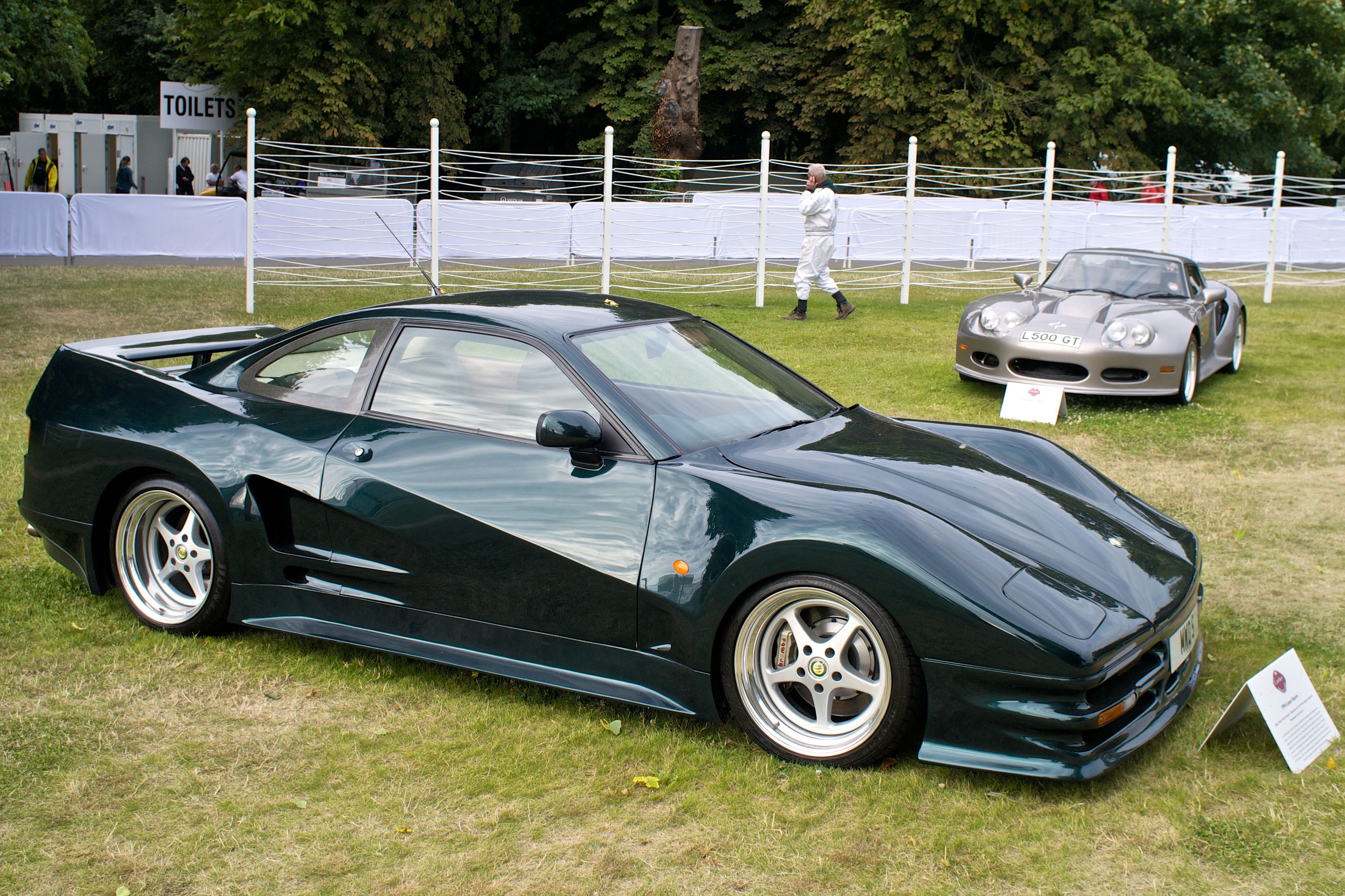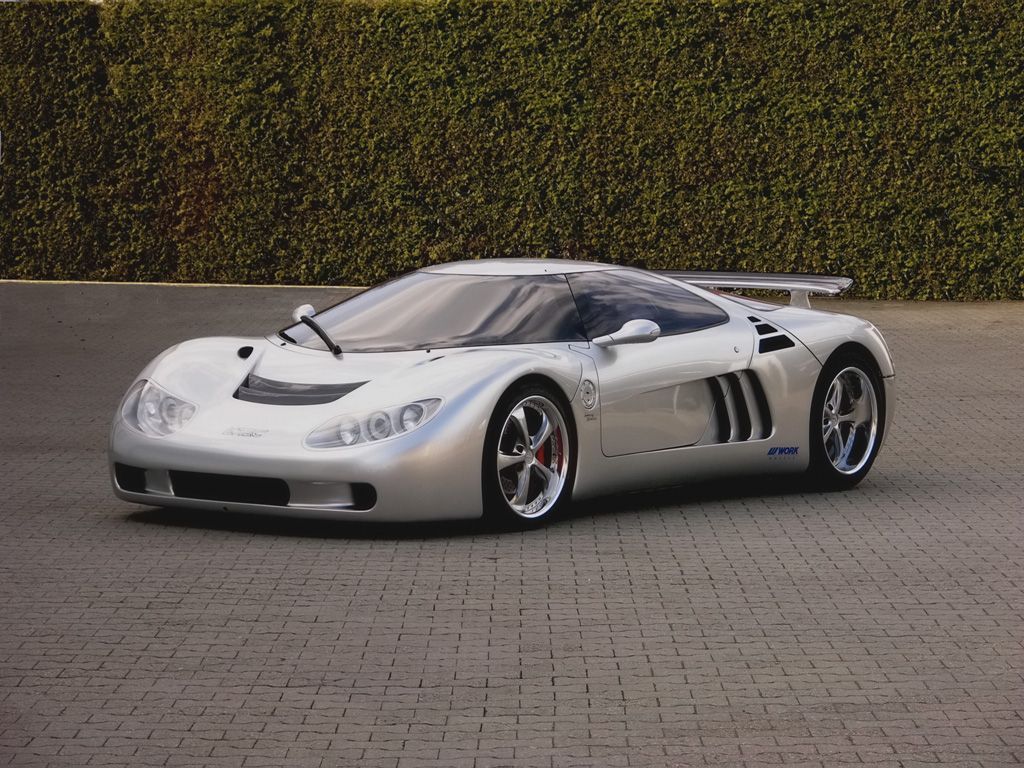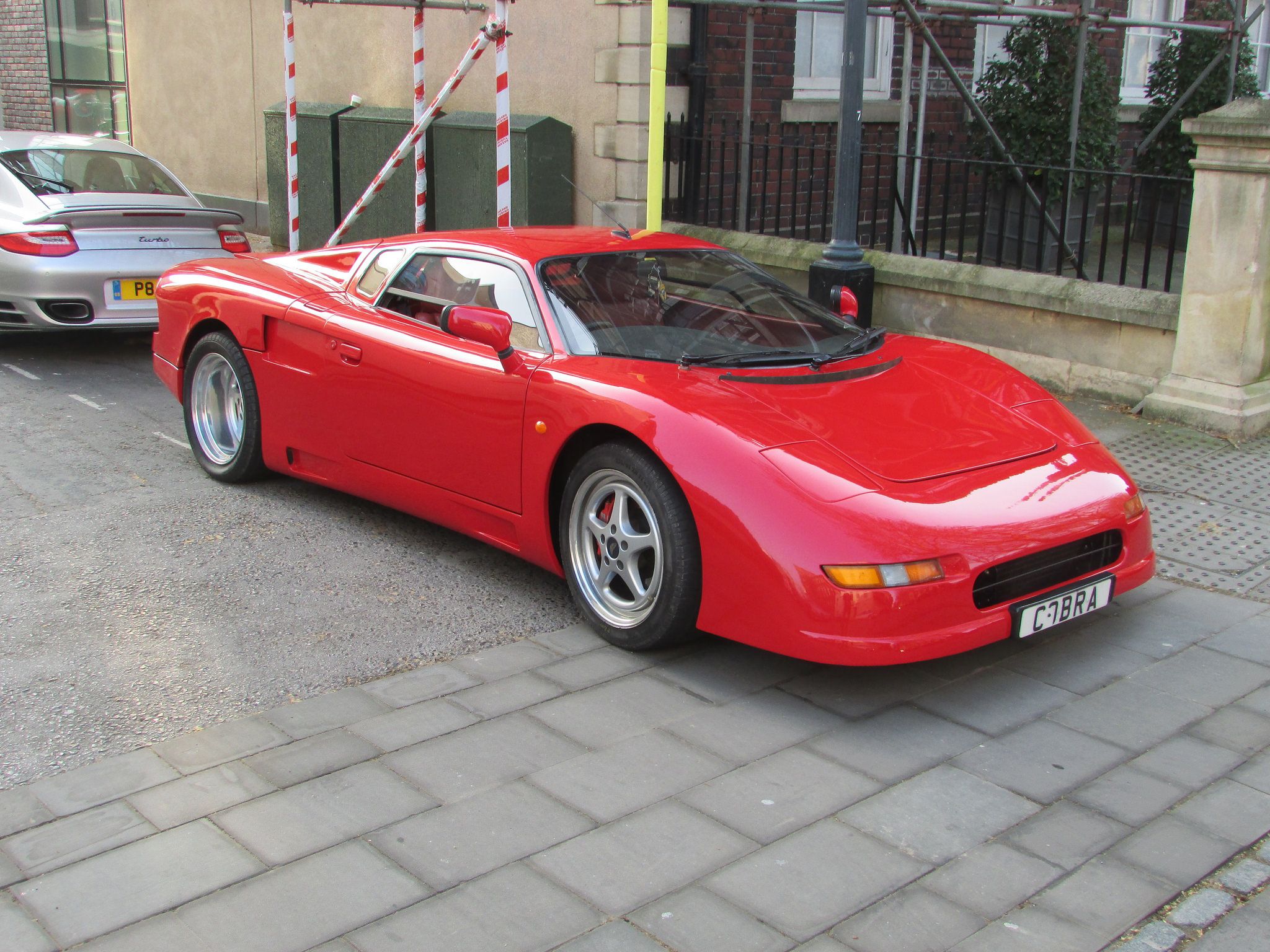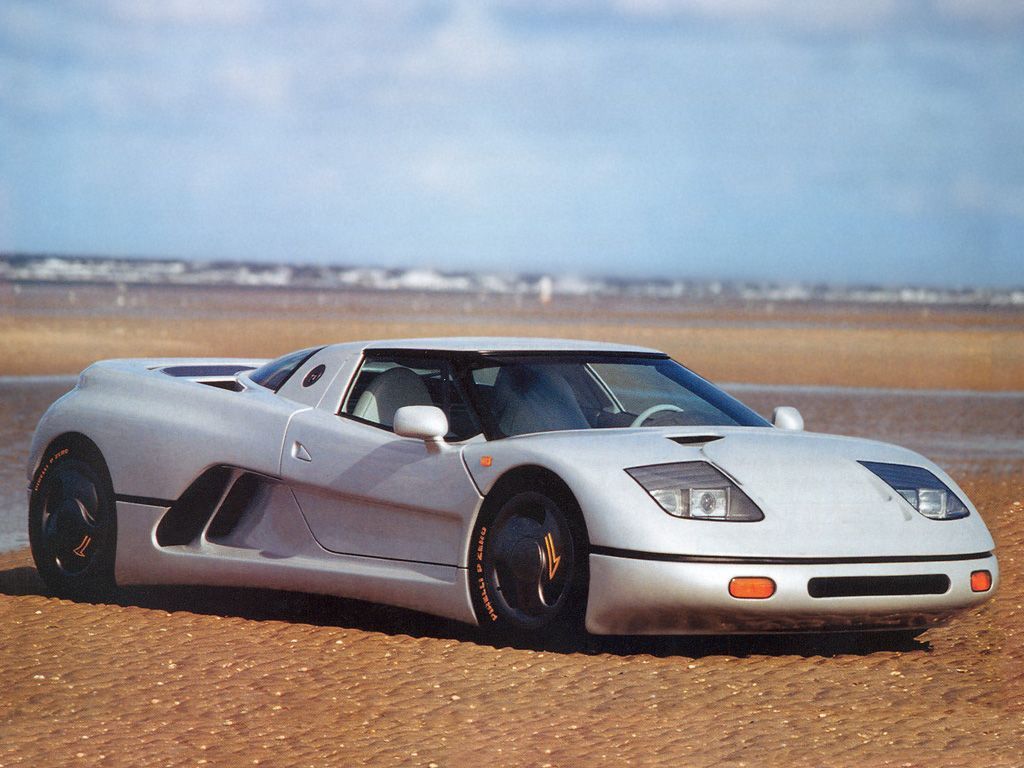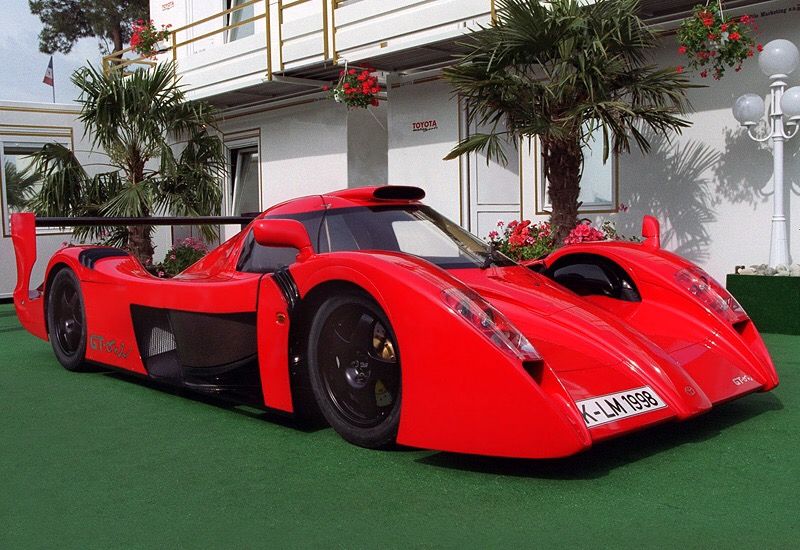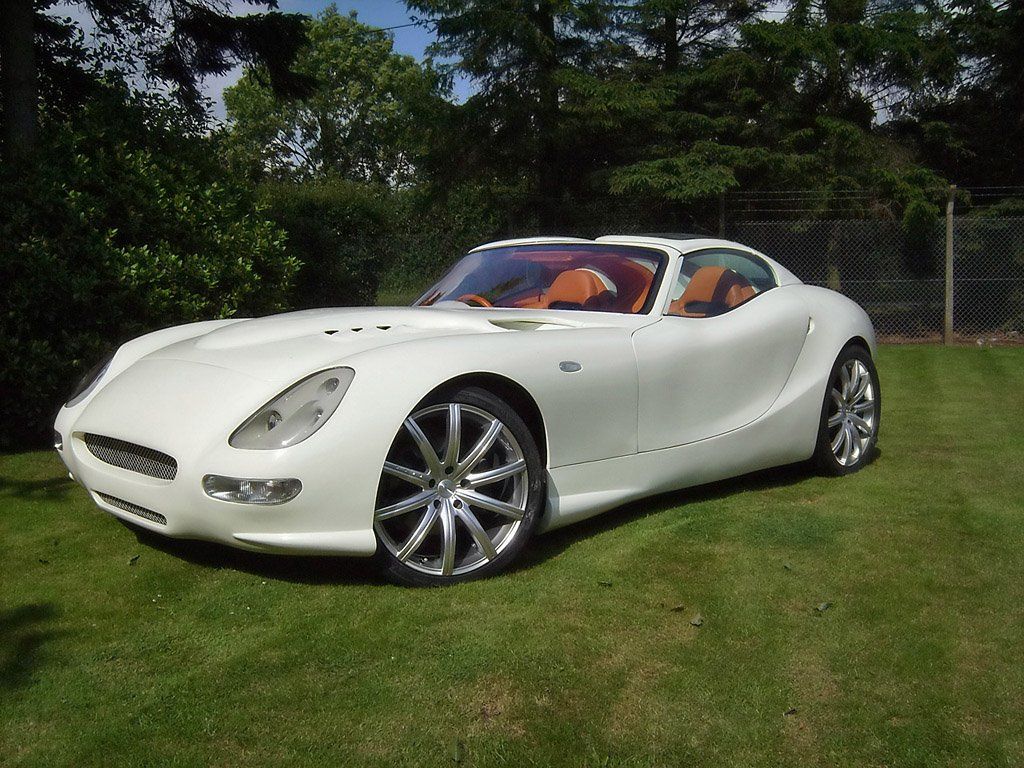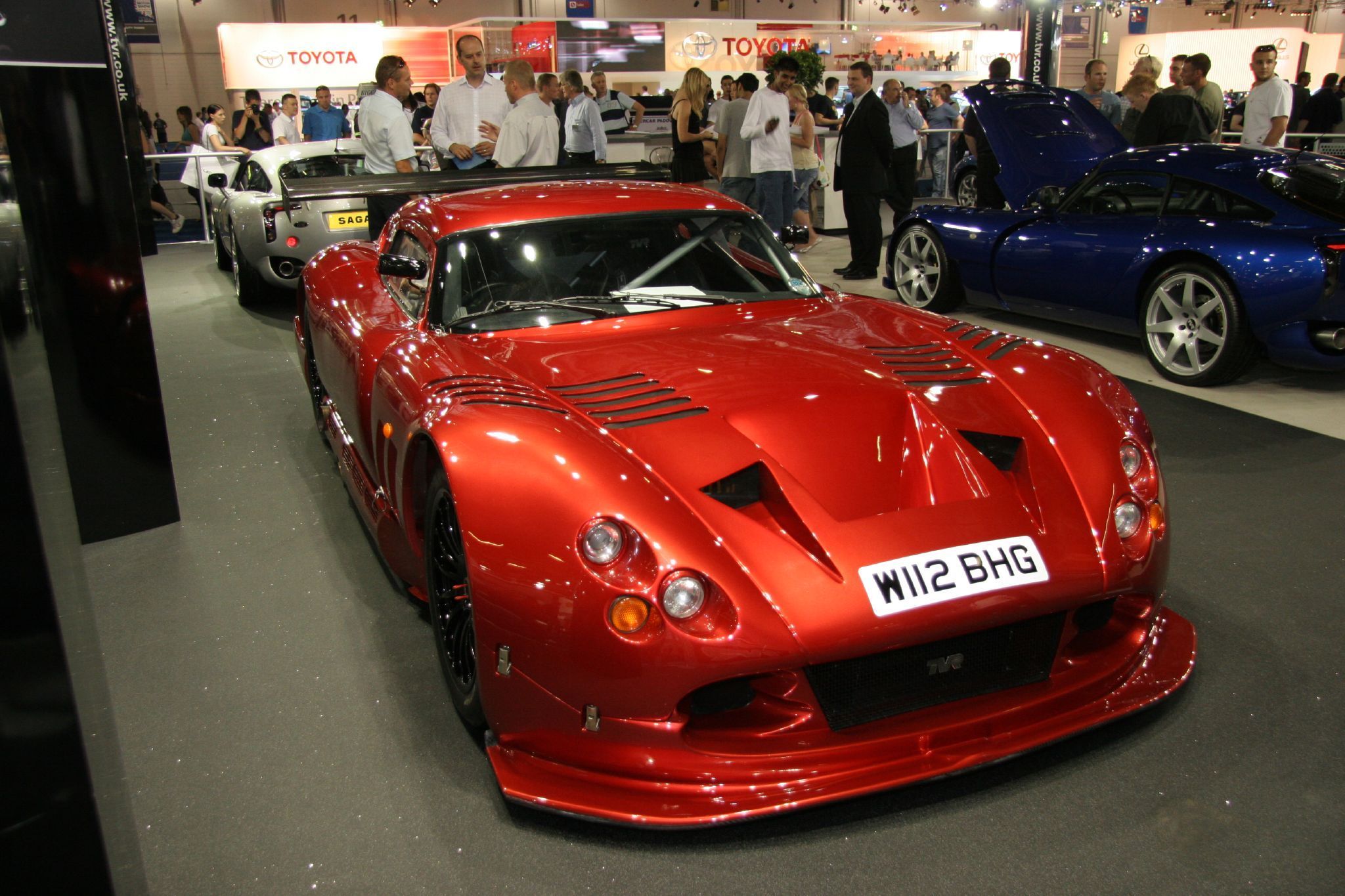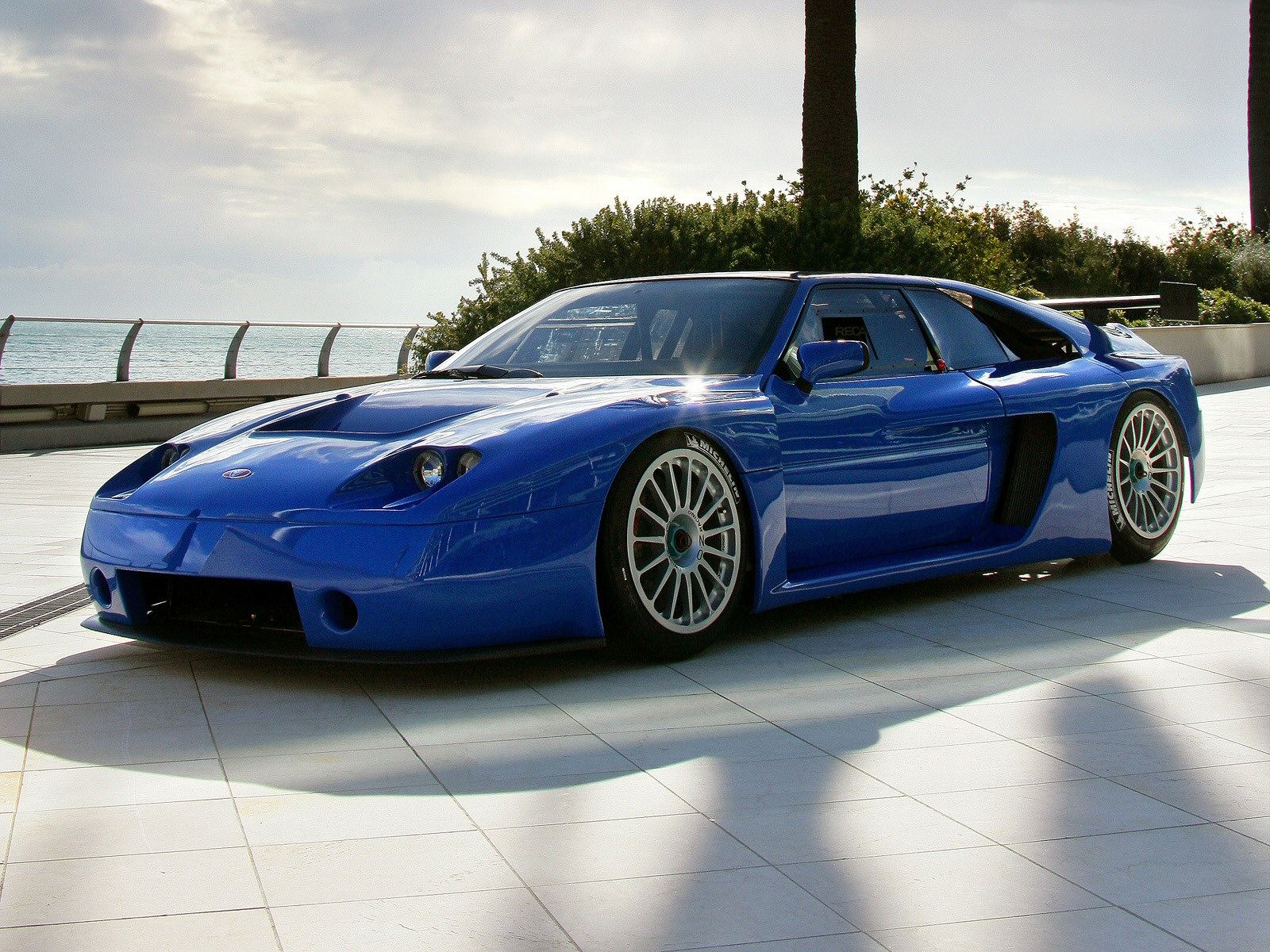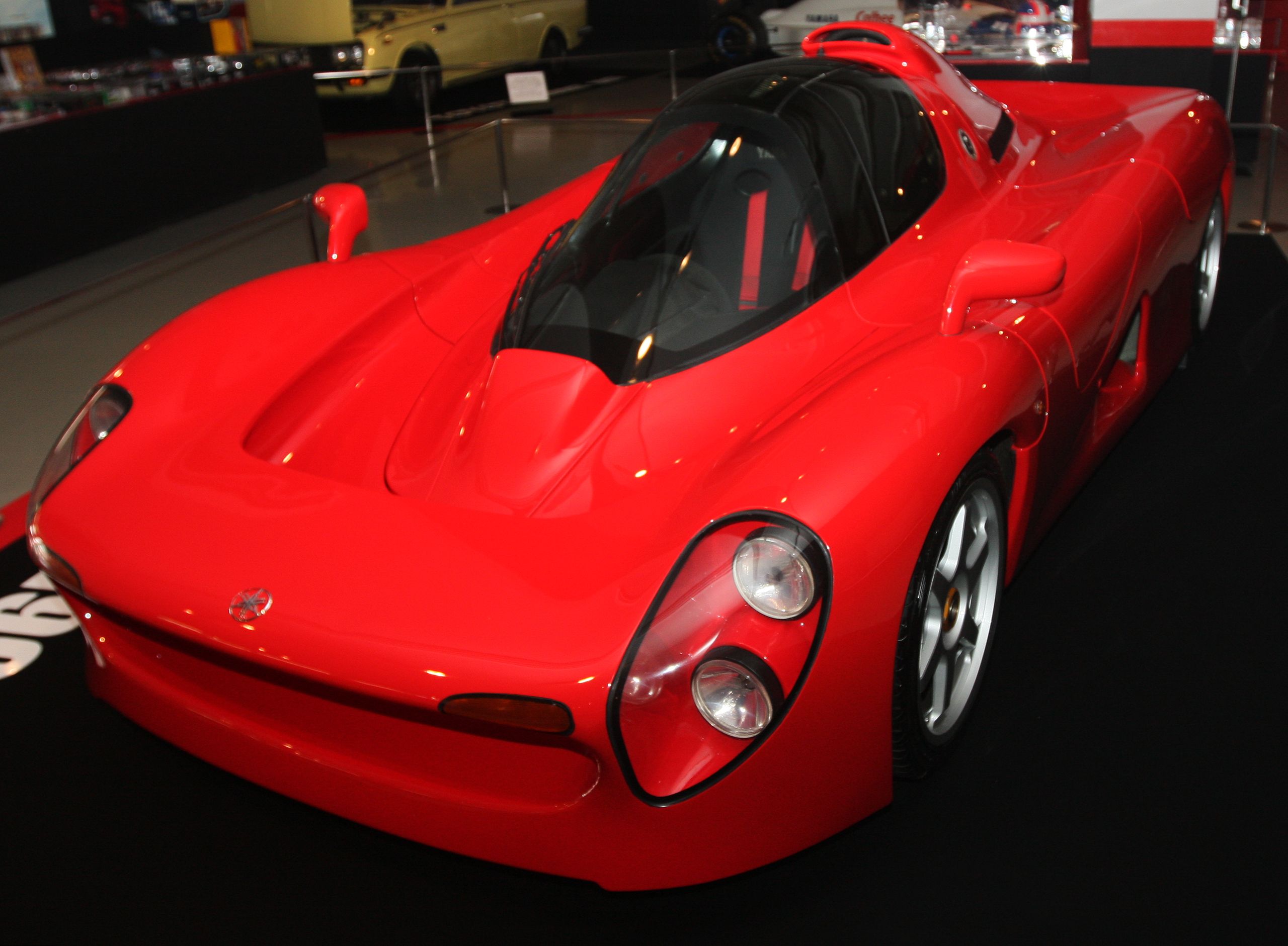Supercars are an amazing part of the automotive world. They are fast, powerful, radical, and even a bit crazy at times. Their time in the limelight, regardless of how awesome they are, seems to be short-lived most of the time. I’m not talking about iconic models like the McLaren F1, Ferrari Enzo, Pagani Zonda, or even the Audi R8. I’m talking about cars that you may very well have never even heard of. And, if you did, you’ll only remember them because you find them on this list. Think about cars like the Dauer 962, the Covini V24, and the Jaguar XJR-15, for instance. All of the cars on this list were amazing in their own right but have somehow faded to the very bowels of our memory where even the deepest of probes hardly return anything more than the slightest tidbit of information.
Some of these cars were outrageously powerful, others were extremely light, and some were just downright gorgeous. With that said, we thought it was only proper to pay a little love to some of time’s most forgotten supercars. And, to top the list off, we’re including a bit of information on five new cars that have yet to grace the road, but promise to make the best of their time in the light and, hopefully, not disappear as quickly as the 20 supercars that we’re showcasing here. Join us as we take a fun trip down memory lane.
25 Dauer 962
There’s no argument that the Porsche 956\962 was one of the best racing cars ever built. It was the cream of the crop in its time, but a privateer named John Dauer took the 962 and made it his own. Dubbed the Dauer 962, it pushed Porsche's work to the next level by making it road legal. According to Jalopnik, the twin-turbo flat-six was unrestricted and delivered as much as 730 horsepower which was, according to Dauer, good enough for a top speed of 251 mph – a number that made it the fastest car in the world back in 1993. Naught to 62.1 mph took a reported 2.6 seconds with 124.2 mph coming in at an astounding 6.9 seconds. The quarter-mile run took just 9.8 seconds, which was outlandish at the time. The Dauer 962’s time in the limelight was over quickly, with the record it held being claimed by the famed and still remembered McLaren F1 a year later.
24 Nissan R390
It’s hard to imagine that a $1 million supercar car could be so easily forgotten, but such is the case with the Nissan R390 GT1 road car. Nissan described the R390 as a “diamond in the rough,” because it was actually a road car before it became a track car – something that is generally backward from the norm.
According to Motor1, the R390 was good for 550 horsepower and 470 pound-feet of torque, which isn’t much by modern supercar standards, but this thing wasn’t a slouch by any means.
The power from that 3.5-liter V-8 was actually good for a 3.9-second sprint to 60 mph and a top speed of more than 200 mph. How? Well, it only weighed some 2,420 pounds and the six-speed sequential gearbox was a bit ahead of its time back in 1998 when this car debuted. And, believe it or not, the engine is still alive today as the rights for it were bought by McLaren and a derivative of it was found under the hood of the McLaren MP4-12C. That just goes to show how good this engine was – McLaren wanted it and McLaren got it. How cool is that?
23 Volkswagen W12
As an automotive journalist, enthusiast, and all-around car guy, I’ve gone on record on more than one occasion saying that Volkswagen has a bad habit of thinking it’s a more premium brand than it really is. I’ve even criticized the brand for its overpriced Touareg here in the United States. Be that as it may, Volkswagen has done some things right, and one of them was the 2001 Volkswagen W12, a car that would become known as the only Volkswagen in history to break the 24-hour world speed record twice. According to Motor1, the W12, which was the most powerful W12 sports car back in 2001, delivered a cool 599 horsepower and 458 pound-feet of torque. That made it good enough for a sprint to 62 mph in 3.5 seconds on the way to a top speed of 221.9 mph. This baby even managed to cover 4,809.8 miles at an average speed of 200.6 mph. So, next time someone makes fun of your Golf GTI, remind them that, at one time, Volkswagen built one of the most amazing supercars of all time.
22 Isdera Commendatore 112i
This fine piece of German engineering has been understandably forgotten since it was a one-off supercar. It never achieved any records as far as performance goes, but it still stands out as one of our favorites. According to Conceptcarz, the 1993 Isdera Commendatore 112i was actually a combination of Mercedes engineering and Porsche styling.
It was powered by a 6.0-liter, Mercedes-built V-12 and drew styling inspiration from none other than the Porsche 968 and 917.
Even though it only had 400 horsepower on tap, it could blast to the 60-mph benchmark in just 4.7 seconds – a serious achievement for the time – and maxed out at 212 mph for anyone who was brave enough to push it to its limits. As was almost always the case with cars like this back then, a six-speed manual did the deed of sending power to the rear wheels, and it even had those stylish gull-wing doors for good measure.
21 Ascari KZ1
The Ascari KZ1 actually has subdued looks for supercars made in the early 2000s, but it was still quite the attractive beast, and it had the merchandise under the skin to back it up. According to EVO, the KZ1 was powered by the same 5.0-liter V-8 that powered the BMW M5 of the era. The only difference is that it was modified to use a dry-sump oiling system and it was actually mid-mounted which helped give a better weight distribution across the front and rear axles. Weighing in at 2,866 pounds, the KZ1 delivered some 500 horsepower and 368 pound-feet – that’s 100 horsepower more than found in the M5 the engine was taken from. All told, this forgotten supercar could hit 60 mph in less than four seconds and topped out at the 200-mph mark.
20 Aston Martin One-77
The Aston Martin One-77 seems to have faded from memory with all of the awesome cars that the brand has been pumping out over the past five years. This one, however, was a true masterpiece and something that can only be described as a true work of art.
It was powered by a 7.3-liter V-12 that was good for some 750 horsepower and 553 pound-feet of torque which, according to Aston Martin, was good enough for a 62-mph sprint in just 3.7 seconds on the way to 220 mph of top-speed goodness.
It wasn’t only fast (and gorgeous on the outside), but it was absolutely stunning on the inside too. With a design that has continued to be unparalleled to this day and materials equal to that of modern-day Rolls-Royce and Bentley cars, the One-77 doesn’t deserve its forgotten status.
19 Bristol Fighter
The car you see here is the Bristol Fighter, and it is one of the most obscure supercars in the entire world. There are maybe 11 in existence, if that, because the company that hand-built then was more selective about their customers that Ferrari and Lamborghini combined. According to Road & Track, this gull-wing beauty was powered by the very same, Chrysler-built, V-10 found under the exceptionally long nose of the Dodge Viper. It could be had with 525, 628, or even 1,012 horsepower. Word has it that the 525-horsepower model could make a run to 60 mph in 4 seconds flat, so there’s no telling what the most powerful model could do – probably somewhere in the range of 3.2 seconds or so. Top speed was said to be anywhere between 205 and 220 mph, but with so few actually in existence, finding solid numbers is a futile task.
18 Bugatti EB110
Believe it or not, the Bugatti EB110 came before the Veyron, and that’s also the whole reason that you completely forgot the EB110 even existed. It was built in the early 90s before Bugatti was owned by Volkswagen, and it should have been a long-shining star. According to Jalopnik, its 3.5-liter V-12 was good for just 560 horsepower.
Those numbers might seem mundane, especially for something with a Bugatti badge, but the truth is, the car was unbelievably light.
With an aluminum body molded to that carbon-fiber monocoque chassis, this thing was light enough that the 560 horsepower was more than enough. It was able to hit 60 mph from a standstill in the low three-second range. Some 13 years after production of the EB110 ended in 1995, Volkswagen took ownership of Bugatti and released the Veyron that we all know and love today It ultimately overshadowed the EB110 and left it as nothing more than a footnote in automotive history. Such a shame.
17 Covini B24 Turbocooler
This funky-looking supercar might even be older than you with an original build date of 1979. It debuted in 1981 at the Geneva Motor Show as an experimental car to test new technologies, the most important of which is the air-liquid cooled intercoolers. As reported by the Petrol Stop, however, neither this nor its design is what made it special. What really made it special is the fact that it was the fastest diesel-powered car of its time. And it proved just that when it managed to hit 200 kph during a hard test run. And, even as a test car, this thing was actually produced. Only nine examples were built, but you’ll probably never see (assuming you see one at all) a diesel-powered model. The nine that were built and sold in the U.S. were actually powered by a 2.5-liter Lancia Gamma engine. On the plus side, they still looked just as cool.
16 HTT Plethore
The HTT Plethore is a Canadian-built supercar that effectively mixes Lamborghini, Ferrari, and McLaren all into one package. We won’t blame you if you haven’t heard of it or completely forgot about it as Canada isn’t exactly known of its supercars, but that doesn’t mean this one isn’t very special. First off, the exterior design is extremely dramatic and suited for a car of this stature.
And, if you look inside, you’ll see some McLaren F1 DNA in the form of a central driver position and two rear seats.
According to Car Throttle, this thing had a perfect 50-50 weight distribution and is powered by a house-built 7.0-liter, all-aluminum V-8. This mill is good for 750 horsepower and, since the car is built mainly of carbon fiber, it weighs just 2,750 pounds. Do the math, and that computes to a sub-three-second run to 60 mph. That’s right, a Canadian supercar that runs to 60 mph in less than three seconds.
15 Jaguar XJR-15
The Jaguar XJR-15 is about as special as they get. It was built by Jaguar’s racing team in celebration of several racing wins and was, essentially, a race car turned road car in the best of ways. Despite this, it was largely overshadowed by the XJ200, even with its very limited production run and higher-than-normal prestige. According to Road & Track, it was powered by a 6.0-liter V-12 that was good for 450 ponies and was super light thanks to a carbon fiber body and chassis. And, believe it or not, it was styled by none other than Peter Stevens – the same man that penned then iconic and legendary McLaren F1. The car was so loud that all 53 units that were built and sold came with a set of headsets so that the driver and passenger could communicate. Sometimes you have to trade comfort for awesomeness, but unfortunately, that awesomeness wasn’t enough to keep the XJR-15 in the spotlight, and it’s since been long forgotten.
14 Lister Storm
The Lister Storm is one of the rarest road-going supercars to have ever existed. According to EVO, only four examples were built, and it’s believed that just three exist today. It was even the world’s fastest road car with four seats at one time – that’s right; it had a 2+2 layout – but that was short lived.
It was sold between 1993 and 1994 and delivered some 594 horsepower and 480 pound-feet of torque from a 7.0-liter V-12 with twin superchargers. Word has it that it could smash the run to 60 mph in 4.1 seconds and it topped out at 208 mph.
Its biggest downfall was the price – at roughly $593,000 as of today’s exchange rates, it was extremely overpriced, and nobody was willing to pay that much for something that didn’t carry a more prominent badge even if it was based on a Jaguar. In the end, this fast beauty joins many other great cars on a long list of forgotten supercars.
13 Lotec Sirius
The Lotec Sirius was, essentially, the spiritual successor to Lotec’s C1000 one off and is still one of the most powerful road cars to have ever been made. According to SuperCarWorld, it was sold for some $498,000 when new, as of today’s exchange rates, and was only produced in five examples per year. It was restyled in 2009 and still uses a Mercedes V-12 that’s good for 1,200 horsepower and 811 pound-feet of torque. It’s apparently capable of nailing a 248-mph top speed and can run to 124.2 mph in as little as 7.8 seconds with the right driver behind the wheel. Because of its obscurity and low production numbers, it’s not only a rare sight but also largely forgotten about in the supercar world.
12 Spectre R42
Despite its appearance and its ties to the Ford GT40, the Spectre R42 is actually far from it. Be that as it may, it was based largely on it, but took the GT40’s design to an all-new level with updated folded aluminum and honeycomb composite construction.
And, believe it or not, this baby was built in Britain and featured a 4.6-liter, Cobra, V-8 that was, according to Classic & Sports Car, good for an incredible 3.7-second sprint to 60 mph on a good day – that was enough to beat the Ferrari F40 without a second glance.
This is all amazing, considering its power output sat at just 350 horsepower and 335 pound-feet of torque. It was also plagued with flaws at launch, which made it short-lived and easy to forget.
11 Spiess TC 522
The Spiess TC 522 is the definition of what happens when a German industrial company decides to branch into a new realm outside their usual forte. There was only one prototype built of this beast, and it was so high priced during a poor economic time that it never went beyond the prototype stage and disappeared quickly into the history books. According to The Petrol Shop, it carried around a mid-mounted, 5.7-liter, V-8 that was good for 500 ponies. It shunted power through a six-speed gearbox and could, allegedly, hit 60 mph in four seconds and go on to a top speed of 211 mph. But, it looks like we will never really know.
10 Toyota GT-One Road Car
The 1998-1999 Toyota GT-One Road Car is what happens when FIA forces automakers to develop their racecars as road cars. It’s a pain for automakers who want bespoke racecars, but it is responsible for giving us one of the best F1-derived road cars in existence. It varied little from the F1 car it was based on and was built in just two examples.
It was built in Germany and was powered by a twin-turbo V-8 that pumped out a total of 600 horsepower.
According to Supercars.net, it was fast enough to hit 60 mph in about 3.2 seconds and could top out at 236 mph – huge numbers for a road car built in the late 1990s. Unfortunately, its ties to F1 racing and very low production numbers have left the memory of this car collecting dust among so many other forgotten gems in automotive history.
9 Trident Iceni Magna
This is one of the weirdest cars to ever be made and, since its introduction in 2000, has been refined. The 2000 model you see here was powered by a 3.2-liter V-6 that was good for just 245 horsepower and 298 pound-feet of torque. One could argue that it faded into the black abyss of lost memories due to its low power numbers alone, as it wasn’t anywhere near as fast as it looked. According to Carfolio, it could sprint to 60 mph in 5.4 seconds, run the quarter mile in about 13 seconds, and topped out at just 150 mph. These numbers aren’t horrible, mind you, but they weren’t amazing for a supercar that looked like this in the early 2000s.
8 TVR Speed 12
The TVR Speed 12 was actually born out of a dire move to save a lot of R&D money from going to waste. It was originally designed to compete in racing but regulation changes at the last minute turned this would-be champion into an obsolete car with no purpose. So, engineers decided to make a road-going model.
During the process, the engine, a 7.7-liter V-12, actually destroyed a 1,000-horsepower dyno, but the truth was it only delivered about 800 ponies.
According to Car Throttle, it was capable of hitting 60 mph in 2.9 seconds and topped out at an astounding 240 mph thanks to its low weight of just 2,200 pounds. Unfortunately, the owner of TVR at the time felt it was unsafe for the road, had all prototypes chopped, and canceled the deposits of all pre-orders that had been made.
7 Venturi Heritage
The Venturi Heritage is said to be Venturi’s first supercar, and it was actually destined to be a GT3 competitor. It was powered by a 4.2-liter that was good for some 450 horsepower and a 4.1-second sprint to 60 mph. Top speed was said to be at 186 mph. Unfortunately, the car was overshadowed by Ferrari at the time and was hardly heard from again – the Heritage didn’t even race in a real championship. According to Daily Sports Car, two of these cars emerged not that long ago and were actually sold to a French collector. And, that folks, is how an amazing car is easily forgotten and never really heard from again.
6 Yamaga OX99-11
This goofy looking car is essentially an F1 car that came so close to being road-legal that we could taste it, though only three pre-production models were ever made. Its 3.5-liter V-12 was menacing at worst, with an engine speed that was claimed to be higher than 10,000 RPM.
According to Bringatriler, the race car it was based on produced some 700 horsepower and the would-be production model was expected to produce even more.
Unfortunately, the program was canceled, and this funky-looking supercar never made it into production. It’s a downright shame, of course, but that seems to be par for the course for any other “road-legal F1 car” that we’ve ever been promised.

